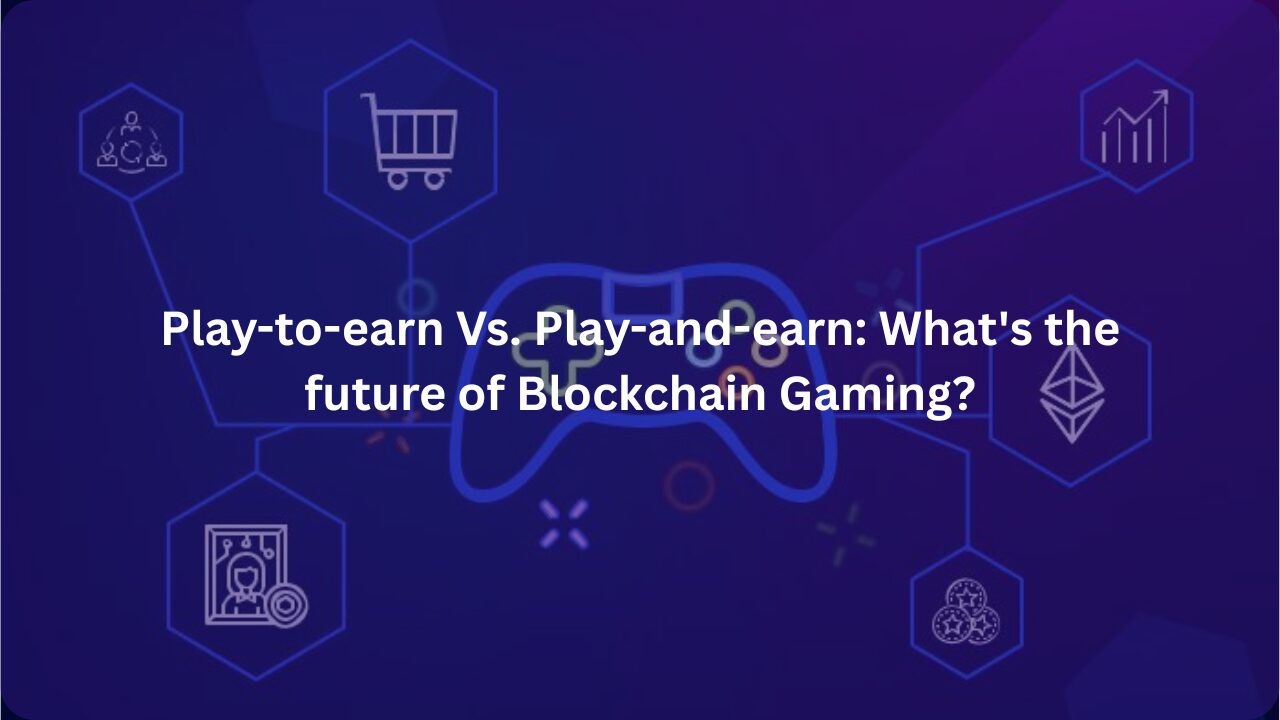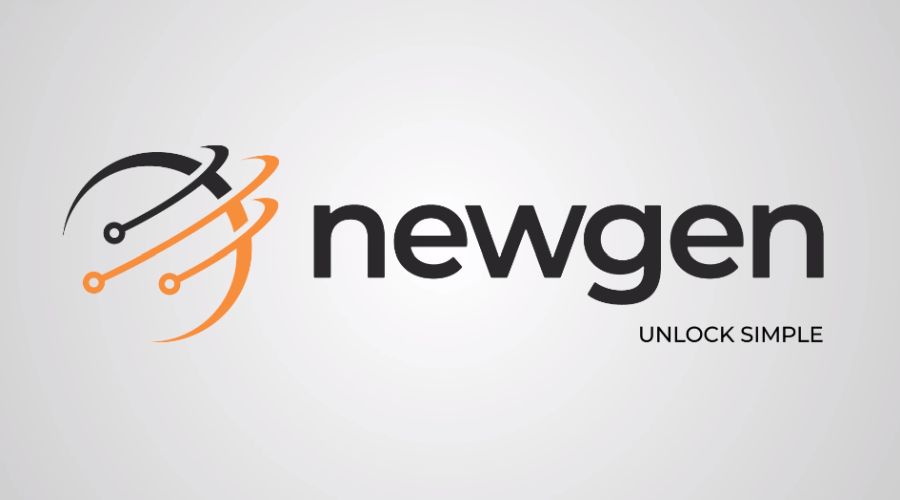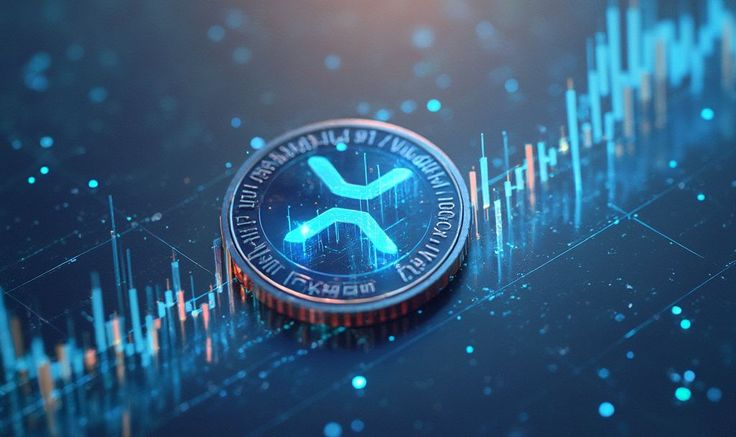Gaming goes beyond having fun in today’s day and age, it’s also a way to earn real money. Players now trade in-game items like stocks, earn income, and even vote on updates.
Since 2023, blockchain games have seen incredible growth. The sector alone was valued at US$14.4 billion as of 2024 and is expected to hit $104.5 billion by 2028, growing over 67.6% yearly.
As a result, the old pay-to-play models are fading. But there’s a question: should games focus on profit or fun, or community? The most successful ones now do both, rewarding players while keeping gameplay exciting, not just a money-making grind.
Understanding the Basics: Play-to-Earn vs. Play-and-Earn
Blockchain gaming splits into two models: P2E focuses on profit via crypto rewards; PAE prioritizes fun-first gameplay. How do they differ, and why does it matter?
Play-to-Earn (P2E): Profit as the Primary Driver
Play-to-earn titles such as Axie Infinity and Splinterlands see gaming as a sector of the gig economy. Initially, players stake a hefty amount, usually in the hundreds, to buy NFTs (think digital pets or trading cards) that fetch crypto rewards via battles, quests, and breeding.
These assets are sellable in actual cash, which enables earning opportunities, especially in places like Southeast Asia, where P2E has become a primary source of income.
Nonetheless, the model is dependent on volatile markets: sinking NFT prices mean zero earnings. Although critics refer to it as a ‘grind,’ P2E’s charm is within its player-driven economies, where participants manage scarce resources (like rare Axies) and gain monetarily due to the economic principles of supply and demand.
Play-and-Earn (PAE): Entertainment First, Earnings Second
Play-and-earn games are centered around gaming enjoyment, rather than finances, as the name suggests. In Affyn’s Nexus World, you earn infotainment NFTs for exploring your city while embedded rewards are restfully sewn into gameplay without any paywalls.
PAE models, short for Play-and-earn, filled the void of the upfront expenses required in P2E, and are instead free-to-play with optional monetization such as cosmetic NFTs.
Building a community around rich stories and lore strengthens loyalty through events, guilds, cooperative worldbuilding, and fostering. For instance, in PAE RPGs, players can earn unique skins by completing epic story arcs instead of grinding trades. This model aims for the average gamers who want control but to not engage in work-like activities during their free time.
P2E vs. PAE: Side-by-Side Comparison of Blockchain Gaming Models
P2E vs. PAE: Cost, risks, and players, how do these blockchain gaming models stack up? Let’s compare
| Factor | P2E | PAE |
| Primary Motivation | Financial rewards | Entertainment + optional rewards |
| Entry Cost | High (e.g., Axie NFTs) | Low/Free (e.g., Affyn’s Nexus World) |
| Player Demographics | Developing economies (e.g., Philippines, Venezuela) | Global mainstream audiences |
| Risks | Market volatility, oversaturation | Over-monetization alienating players |
Success and Failure in Blockchain Games: Axie Infinity vs. Affyn
From Billion Dollar Boom of Axie Infinity to real-world benefits of Affyn: Understanding the successes and failures associated with blockchain gaming.
Axie Infinity (P2E)
Axie Infinity boomed in 2021 when it recorded $364 million in monthly revenue due to users breeding and battling NFT creatures. It became a source of income for a lot of people in the Philippines and Venezuela.
Its success relied on a novel system of new players buying Axies, which came crashing down during a dip in the crypto market. Prices plummeted, and anyone purchasing towards the tail end was financially wiped out. The lesson: Scaling up without an appropriate player base focus is not enough.
Even blockbuster P2E games risk functioning as “ghost economies” without balancing player retention and economic stability. Future projects now focus on sustainable rewards instead of viral growth.
Affyn’s Nexus World (PAE)
Affyn’s Nexus World harnesses AR to facilitate real-world token earning. Players can earn tokens just by visiting actual places like cafes or museums, which can unlock vouchers for discounts when traveling or even attending elite events. Unlike obsessive advancement gaming in Affyn P2E, they target casuals and do not charge upfront or actively monetize.
This method has attracted traditional gamers who wish to have ownership of a game without having it turn into a second job. The lesson learned here is that hybrid models succeed when earning monetized income is unforced.
By focusing on having fun, PAE games manage to draw in players sick of profit-driven burnout fatigue, showcasing that blockchain gaming doesn’t have to be boring.
The Future: Hybrid Models & Industry Shifts
Blockchain gaming is evolving fast. Hybrid models, big players, and new rules are shaping how we play, earn, and enjoy games in 2025 and beyond.
Blending P2E and PAE
The future of blockchain gaming isn’t about choosing between fun and money—it’s about mixing both. Players now want games that are enjoyable but also offer the chance to earn. Hybrid games do just that.
It can be played just for fun through quests and storytelling, or switch gears and trade in-game items for real profit. Games like Champions Arena are leading this trend. This setup attracts both casual and serious players, making gaming feel less like work. But developers must get the balance right, so the earning part doesn’t ruin the joy of simply playing and exploring.
Mainstream Adoption
Blockchain gaming is no longer just for crypto enthusiasts, it’s slowly entering the gaming mainstream. Big companies like Ubisoft and Epic Games are testing out NFTs in their games.
Even sports brands like the NBA have joined with digital collectibles like Top Shot. These moves mean blockchain games are getting better graphics, smoother gameplay, and wider appeal.
But not all gamers like it, especially when it feels like companies are just trying to make extra money. So, for blockchain games to succeed with regular players, they need to blend crypto features naturally, not make them feel forced.
Regulatory Evolution
Governments are finally paying attention to blockchain gaming, and new rules are coming in. For example, the EU now has laws that guide how gaming tokens should work, and Japan taxes profits from NFTs.
These rules help protect players from scams and shady projects. But there’s a downside, too many rules might scare developers away. Some are already changing their game designs just to avoid legal problems.
Still, if done right, regulations could help build trust and make blockchain games more stable and safe. It’s all about finding the balance between freedom for players and clear rules for everyone.
Challenges & Opportunities
Blockchain gaming faces scalability, cultural, and interoperability challenges, but these hurdles present exciting opportunities for growth and innovation.
Scalability
Blockchain games struggled with high energy consumption, especially before Ethereum switched to a more eco-friendly proof-of-stake system in 2022.
While this reduced energy use, scalability remains a challenge, with high transaction fees still affecting gameplay.
Layer-2 solutions like Polygon help reduce congestion. The opportunity lies in eco-friendly chains, which could attract ESG-conscious investors and players. If developers focus on scalable, energy-efficient systems, they can turn these challenges into a key selling point.
Cultural Shifts
In countries like the Philippines, blockchain gaming offers a livelihood, with some players earning more than the minimum wage. However, many Western gamers dismiss blockchain titles as “pay-to-win” scams.
The key challenge is catering to both full-time earners and casual players. By offering different gameplay modes, like Star Atlas’ “lite” mode, developers can appeal to both groups. This approach helps normalize gaming as a career while respecting traditional players, bridging cultural divides, and creating broader appeal.
Interoperability
Interoperability is a major issue in blockchain gaming—assets like NFTs are often locked to a single game. The vision is to create cross-game functionality, where a Fortnite skin could be used in Minecraft.
Projects like Polkadot’s SDK are working to solve these technical barriers. The challenge, however, lies in getting rival gaming companies, like EA and Ubisoft, to collaborate. If successful, interoperability could lead to a unified digital economy where in-game assets hold value across different virtual worlds.
Conclusion
The future of blockchain gaming lies in hybrid models that respect both profit and play. While P2E’s earning potential reshaped economies, PAE’s focus on fun ensures mainstream appeal.
Challenges like regulation and interoperability remain, but innovations in eco-friendly tech and cross-game NFTs hint at a unified digital future. For players, it’s a win-win: own your assets, earn on your terms, and above all, rediscover why we game in the first place: Joy.






